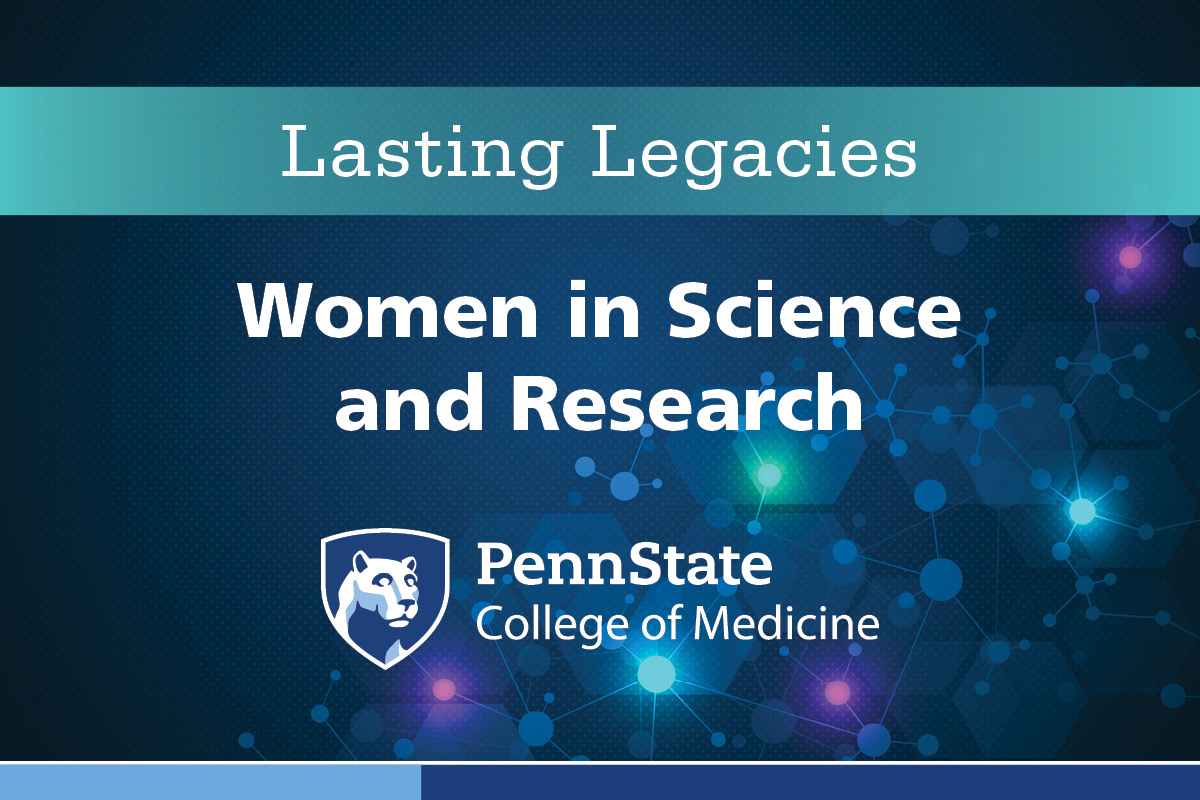Lasting Legacies – Genetic and cellular mechanisms of disease

Women at the College of Medicine have used biomedical sciences to increase understanding of genetic and cellular mechanisms of disease.
Cara-Lynn Schengrund, PhD
Schengrund studied how HIV-1 interacted with the central nervous system in order to develop possible inhibitors of that interaction.
Margaret Blatt Goldman, PhD
She studied the immunologic control of gene expression and researched complement component 4, a protein involved in immune function.
Kathryn LaNoue, PhD
LaNoue made groundbreaking discoveries in mitochondrial transport and their role in hormonal control of the liver, kidney, adipose tissue and heart. Her work has advanced the understanding of brain-energy metabolism.
Joanna Floros, PhD, ATSF, FAPS, FAAAS
Today, women at the College of Medicine continue to research how genetics plays a role in the development of disease. Floros studies the biology of pulmonary surfactant. She is credited with being the first to characterize, clone and study the molecular complexity of some of the surfactant proteins – which are critical for lung function. She continues to study how genetic mutations to these proteins translates to differences in disease risk among individuals.
If you're having trouble accessing this content, or would like it in another format, please email Penn State Health Marketing & Communications.




